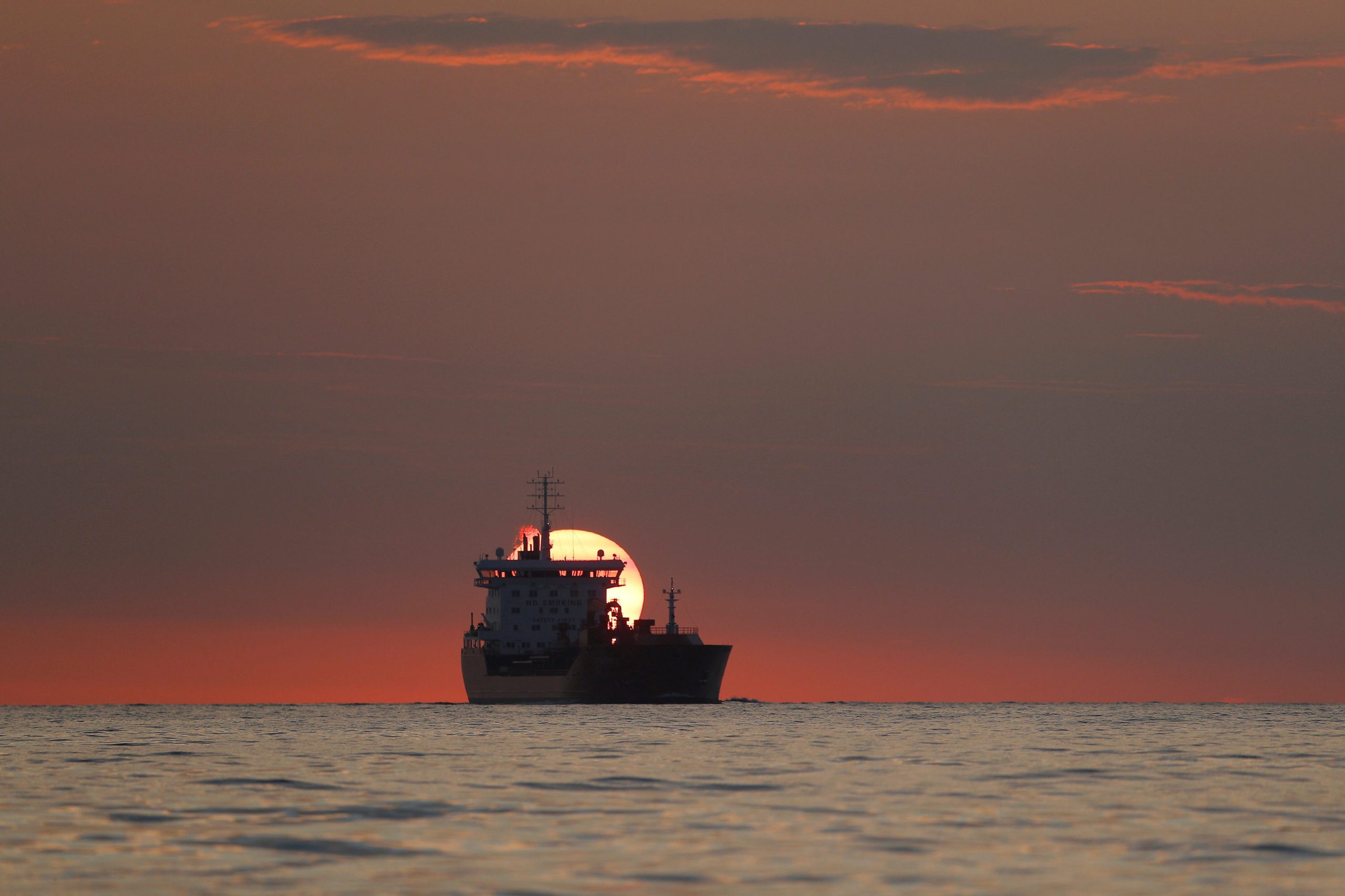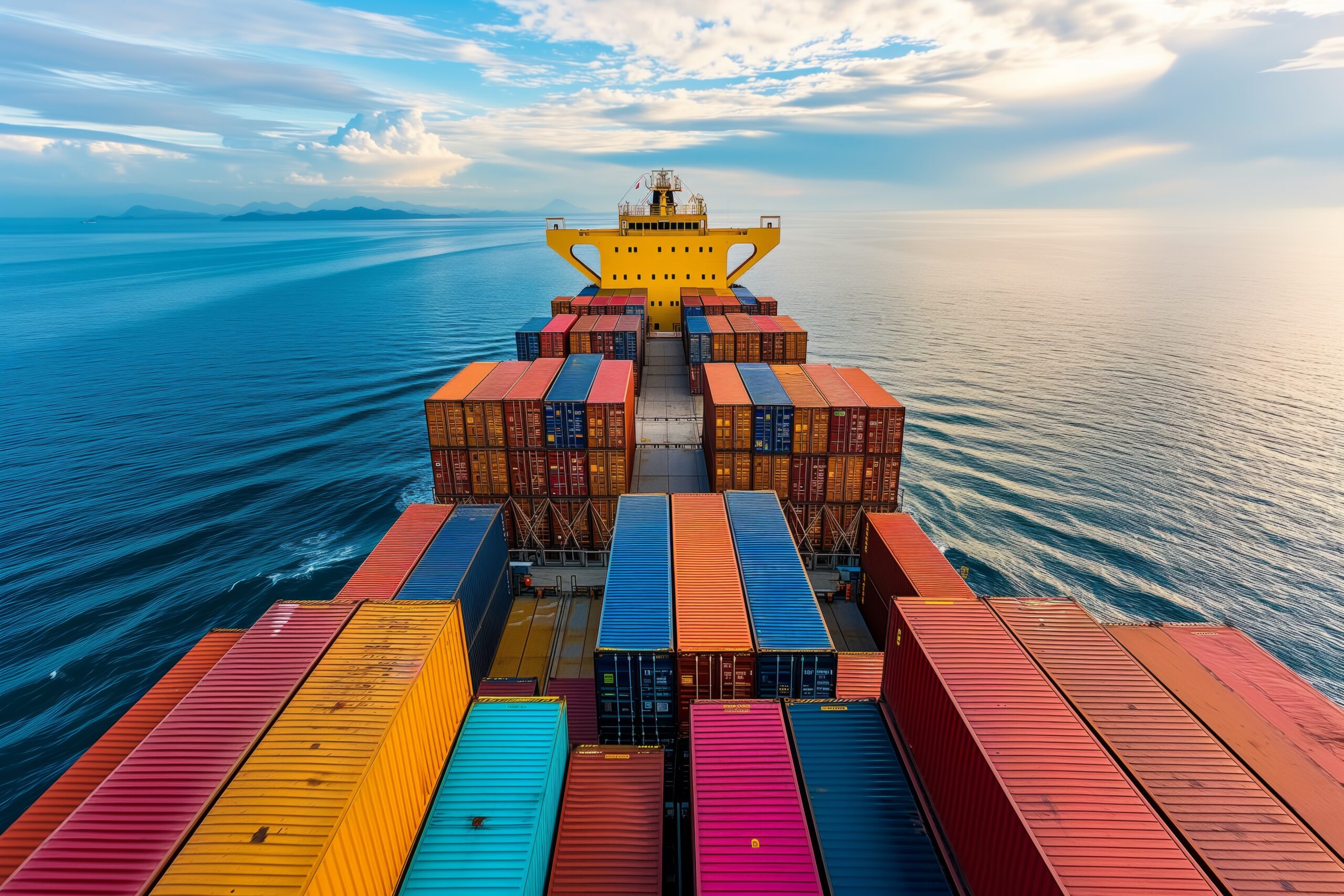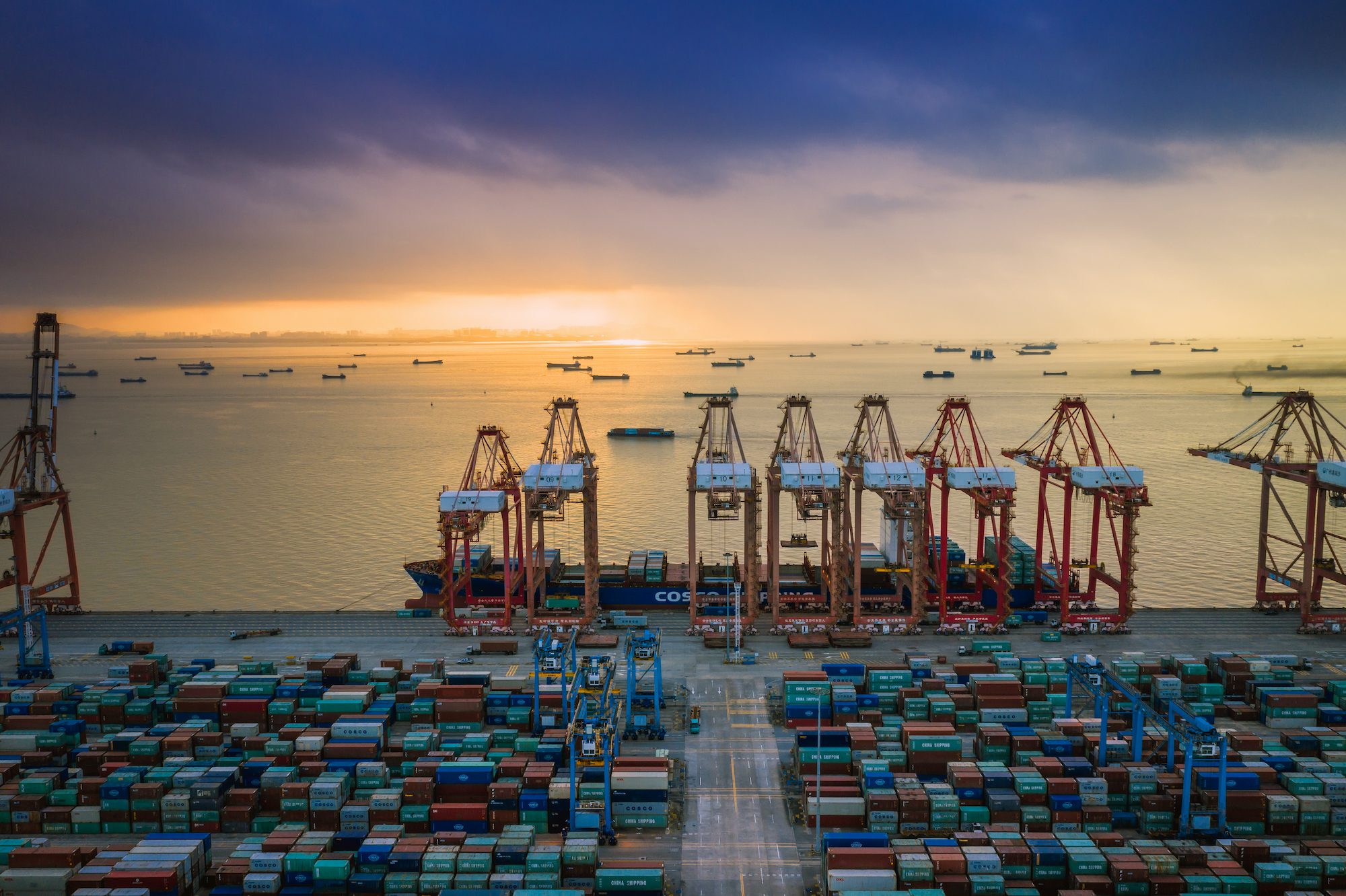The International Maritime Organisation’s (IMO) ambitious new policy measures are set to transform the shipping industry’s approach to fuel consumption and emissions, though success hinges on proper incentivization and penalty structures.
According to a new insight brief from the Getting to Zero Coalition and Global Maritime Forum, the maritime sector is poised to become the first industry with globally binding greenhouse gas regulations and emissions pricing. The analysis, based on total cost ownership modeling and extensive stakeholder interviews, reveals a clear trajectory toward zero-emission fuels.
The findings indicate that dual-fuel ships operating on LNG and ammonia will dominate the market before the mid-2030s, with ammonia emerging as the most cost-effective option from 2037 onward. Despite this projected shift, the transition faces significant challenges, particularly in developing e-fuel value chains within the necessary timeframe.
“The IMO’s new framework is a historic step forward, but unless e-fuels become competitive early on, there is a risk that the sector will run into bottlenecks as its decarbonisation efforts scale up,” warns Jesse Fahnestock, Global Maritime Forum’s director of decarbonisation.
The IMO’s framework introduces a tiered Global Fuel Intensity (GFI) system spanning 2028-2035 and 2040, with two compliance trajectories. Ship operators can achieve compliance through various means, including fuel switching, paying penalties through remedial units, or purchasing surplus units from over-performing vessels.
Industry response has been mixed, with many adopting a cautious stance. Some operators are prioritizing short-term solutions like biofuels or LNG, while others are strategically investing in dual-fuel vessels to position themselves advantageously under the new regulations.
Fahnestock points out that while the regulatory foundation exists, further refinements are crucial: “While doing nothing is no longer an option, the rules still need to be shaped in a way that incentivises the investments needed for shipping’s future”.
The success of these measures will largely depend on the industry’s ability to develop scalable zero-emission fuel alternatives, particularly e-ammonia and e-methanol, within the next decade. The regulatory framework’s effectiveness hinges on establishing meaningful rewards for early adopters and implementing progressively stricter penalties for non-compliance.

 Join The Club
Join The Club











